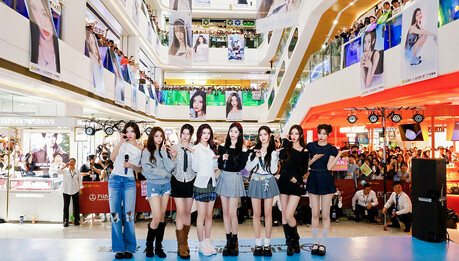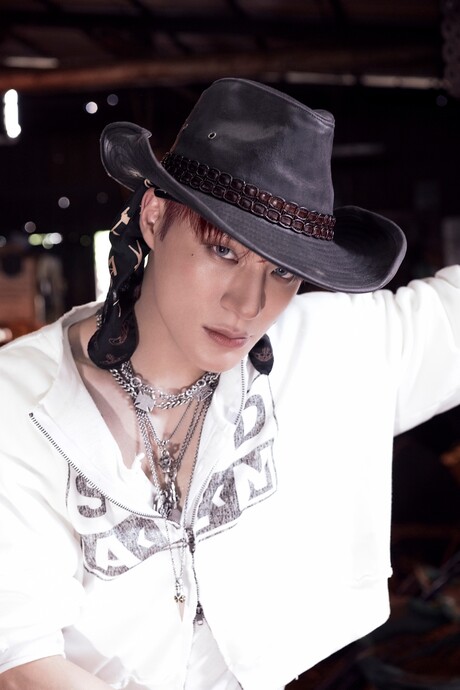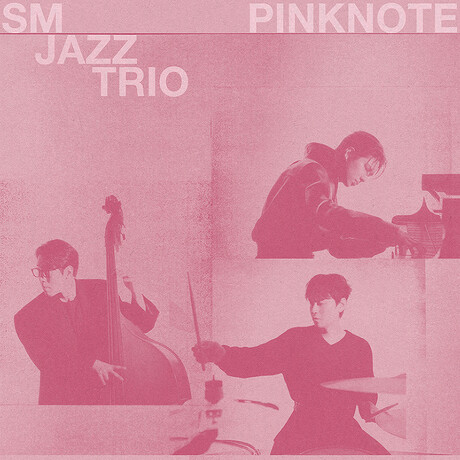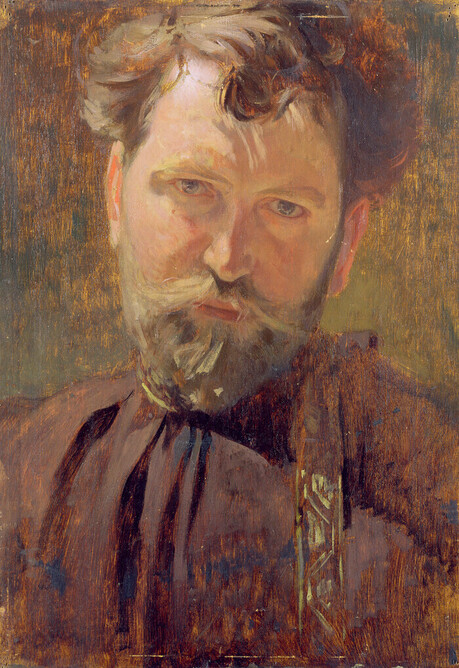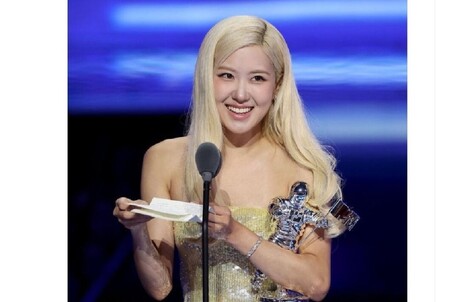Penguin Books is celebrating its 90th anniversary this year, marking nearly a century of maintaining one of the most instantly recognizable and influential brand identities in publishing history. From its very beginning, typography wasn't just an accessory to Penguin's brand – it was the brand itself, fundamentally shaping how readers experienced literature.
The early Penguin paperbacks introduced a rigorously consistent format that felt startlingly modern in a publishing landscape dominated by decorative, one-off book jackets. However, it was the arrival of renowned typographer Jan Tschichold in the 1940s that transformed that solid foundation into a comprehensive design philosophy. His now-legendary composition rules and the tri-band system created a typographic rhythm that perfectly balanced clarity with personality, offering readers something quietly revolutionary: the idea that good design should remove barriers to understanding, not just add decorative flourishes.
Charles Nix, creative director at Monotype and a designer who has worked on several Penguin titles, explains the significance of this approach. "Tschichold's composition rules for Penguin stripped away impediments to understanding. They weren't just aesthetic – they enabled communication," Nix states. This fundamental belief that typography is primarily about creating human connections has underpinned every era of Penguin's publishing output, from the humanist geometry of Gill Sans to the crisp modernism of Helvetica, to the expressive post-modern shifts that arrived with cultural changes in the late 20th century.
Throughout technological transitions from letterpress to phototypesetting, offset printing, and now digital reading environments, Penguin has successfully adapted without losing its core typographic values: clarity, consistency, and an unwavering respect for the reader. Even as screens increasingly replace paper and algorithms influence book discovery, Penguin's legacy serves as a powerful reminder that design can do much more than simply package content – it can actively shape culture, set reader expectations, and make the act of reading itself more generous and accessible.
Nix, whose personal relationship with Penguin began during his typography studies, describes his early fascination with the publisher's approach. "I'm a reader, and I grew up the son of a printer, so I was around type and printing from an early age," he recalls. "When I started studying typography intently at Cooper Union, I used to spend a lot of time in the library – I read as much as I could, including a biography of Jan Tschichold. That book introduced me to the arc of his career, from a young renegade with radical ideas about typography to the mature Tschichold who worked for Penguin and revitalized their system with clear typographic guidelines."
The rationality and structure of Penguin's typographic rules particularly appealed to Nix as a developing designer. "It was the rationality of the rules at Penguin that gave me an abiding respect and love for the Penguin format. The regularity is really appealing: there's a structure, but within that structure, almost infinite variation. That combination is very compelling to me," he explains. This systematic approach extended far beyond surface aesthetics to demonstrate a genuine love for readers through careful attention to line lengths, type sizes, the use of en-dashes, spacing, vertical spacing, the distribution of white space, and the declination of sizes from headlines to subheads to body text to footnotes.
The revolutionary tri-band system, while existing in an early form before Tschichold's arrival at Penguin, was given much more rigor and typographic nuance under his guidance. He switched typefaces, clarified and prescribed the systems that would govern the variety of titles using the format. "It was an important moment – a kind of stage setting," Nix describes. "The tri-band system is almost like the opening of a play, where the narrator steps out and says, 'Going forward, it will be like this.' This is what you're about to encounter. And then the play unfolds over the next 20 or 30 years – a beautiful sweep that maintains the rhythm of the original but invites vast melody."
Over Penguin's nine decades, several notable shifts have marked the publisher's typographic evolution. The first major change was the embrace of modernism in jacket design, moving away from traditional typography – hand lettering and serif typefaces – toward the absolute rule of Gill Sans under Tschichold. Gill Sans, a humanist sans-serif typeface born from Edward Johnston's work for the London Underground, brought a very clear classical pedigree to Penguin's visual identity.
The next major revolution came with the significant jump to Helvetica in the late 1950s and early 1960s. While there was some use of early Akzidenz Grotesk in between, once Penguin reached the Helvetica years, the publisher successfully melded early modernist ideas of clarity, consistency, and minimalism with the mature international typographic style that was gaining prominence worldwide.
This modernist path distinguished Penguin from other publishers of the time, a choice that Nix attributes to the broader cultural context of the post-World War II era. "The landscape changed dramatically. There was a rapid rise in global literacy: more books in the hands of more people. Literacy, learning, and the idea of what it meant to be a modern human being were all expanding," he explains. "The paperback itself was still a nascent thing. There was a real optimism in the mid-century about where we were going collectively as human beings – empowered by technology, championed and represented in design. That, I think, contributes to why the international style resonated."
The post-modernist era brought significant changes to Penguin's approach, introducing much more experimentation and variety. "Post-modernism brings much more experimentation. There's a return to classicism in the late '80s and early '90s, but then design breaks open – typographically and stylistically," Nix observes. This shift tied directly to global cultural changes, as the optimism of the 1950s and early 1960s gave way to the realism of global conflicts and new cultural freedoms. Global literacy produced a multiplicity of voices, each with its own flavor of truth, and design began to embrace multiple formats rather than adhering to a single, unified approach.
Despite these dramatic stylistic evolution over the decades, Penguin has managed to maintain its core values while adapting to changing times. "Penguin is centered on the transformative quality of literature – the ability of thought to make societal or cultural change. They've kept pace with changes in global and local culture while holding onto that core," Nix explains.
The transition from print to digital has created new challenges and opportunities for typographic expression. From a typographer's perspective, Nix notes, "it becomes more about orchestration than about playing individual instruments. Many of the specific things we expected from print disappear when the reader can change the point size or even the typeface. So the relationships you can control – the hierarchy of sizes, the fundamental distribution of space – become paramount." This new reality is more akin to responsive web design than traditional publishing, but the core principle remains unchanged: creating a design that maximizes the ability of running text to bridge the space between two minds, ensuring that typography gets out of the way of meaningful communication.


















